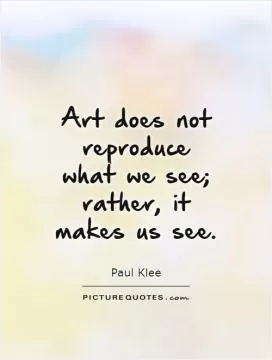Fine art is that in which the hand, the head, and the heart of man go together

Fine art is that in which the hand, the head, and the heart of man go together
John Ruskin, a prominent art critic and social thinker of the 19th century, believed that fine art is the result of a harmonious collaboration between the hand, the head, and the heart of man. This quote encapsulates Ruskin's belief that true artistry requires not only technical skill (the hand), but also intellectual depth (the head) and emotional sincerity (the heart).Ruskin's emphasis on the hand in fine art refers to the importance of craftsmanship and technical proficiency in creating works of art. He believed that artists should possess a mastery of their medium and be able to skillfully execute their vision. Without the hand, art lacks the precision and detail that elevate it from mere decoration to a form of expression that can move and inspire viewers.
The head, according to Ruskin, represents the intellectual aspect of art. He believed that artists should have a deep understanding of the world around them, as well as a keen awareness of the historical and cultural context in which they are working. This intellectual engagement allows artists to imbue their work with meaning and significance, making it more than just a pretty picture but a reflection of the human experience.
Ruskin believed that the heart is essential in creating fine art. He argued that art should be a sincere expression of the artist's emotions and beliefs, rather than a mere imitation of reality. By infusing their work with genuine feeling and passion, artists can create art that resonates with viewers on a deeper level and elicits an emotional response.












 Friendship Quotes
Friendship Quotes Love Quotes
Love Quotes Life Quotes
Life Quotes Funny Quotes
Funny Quotes Motivational Quotes
Motivational Quotes Inspirational Quotes
Inspirational Quotes